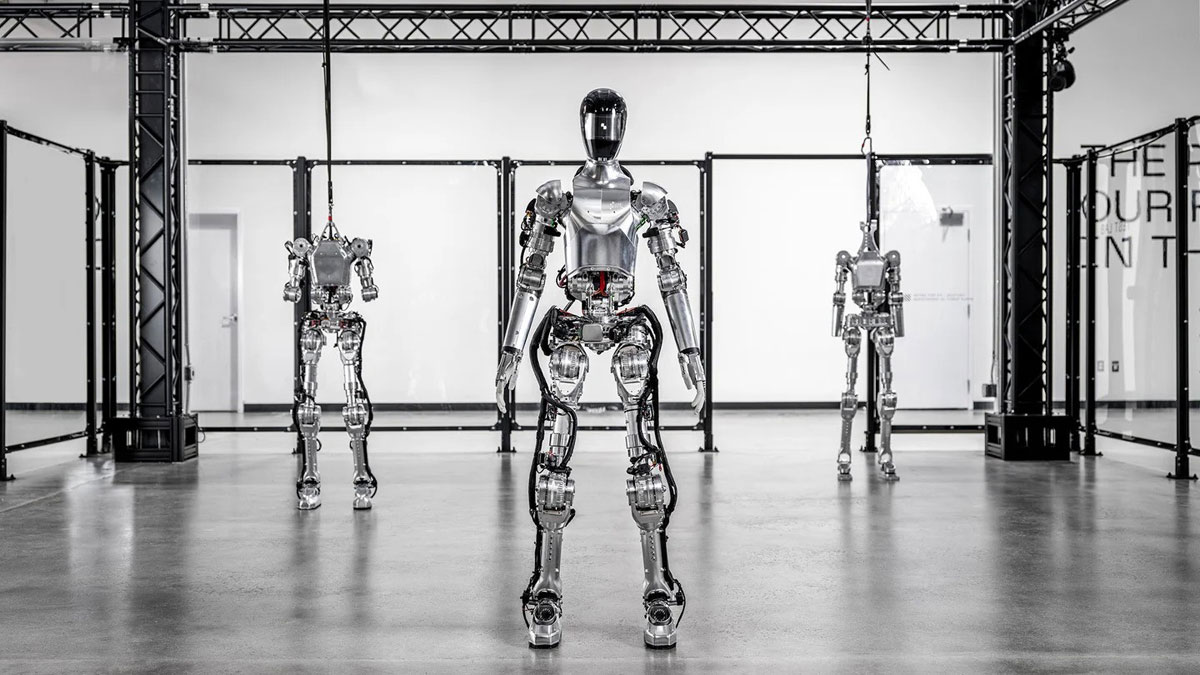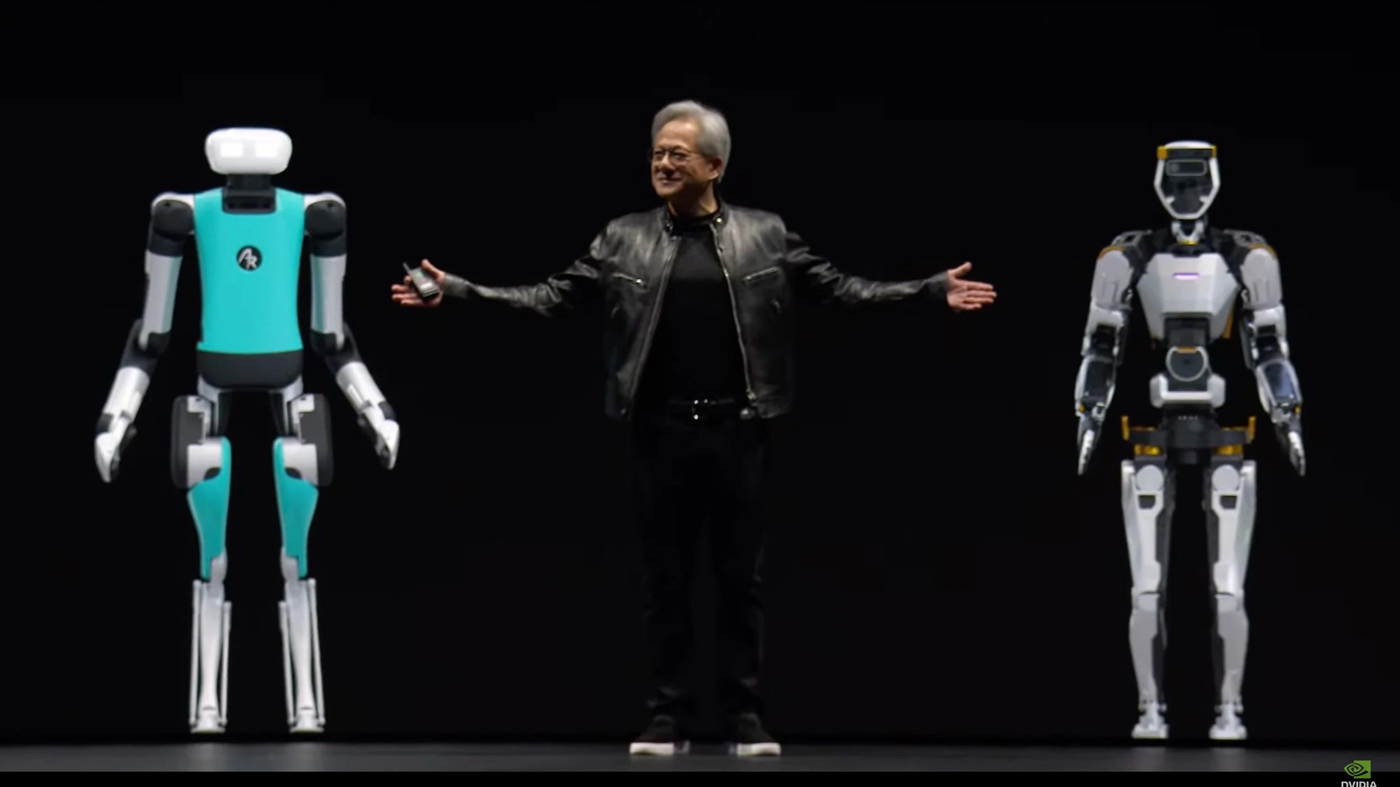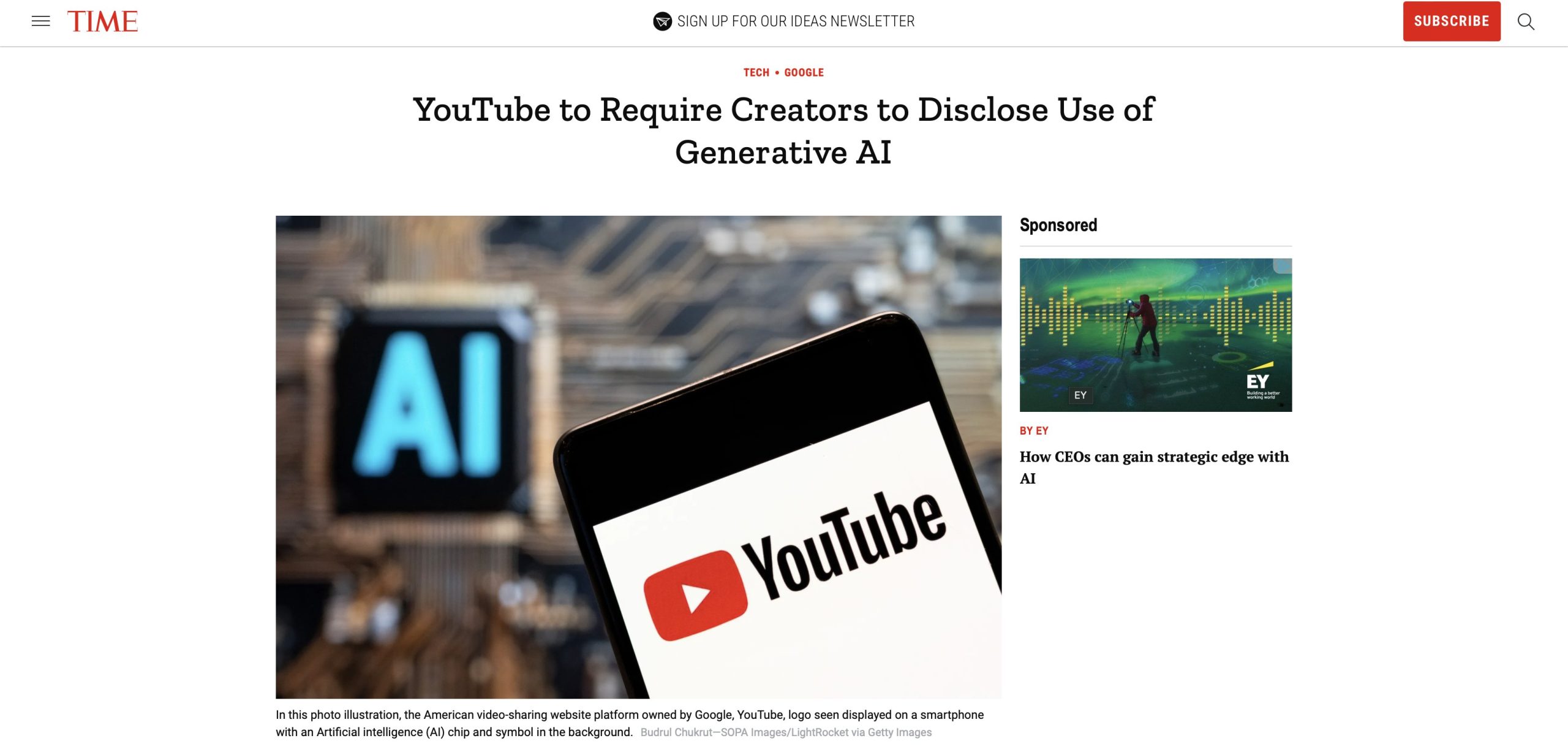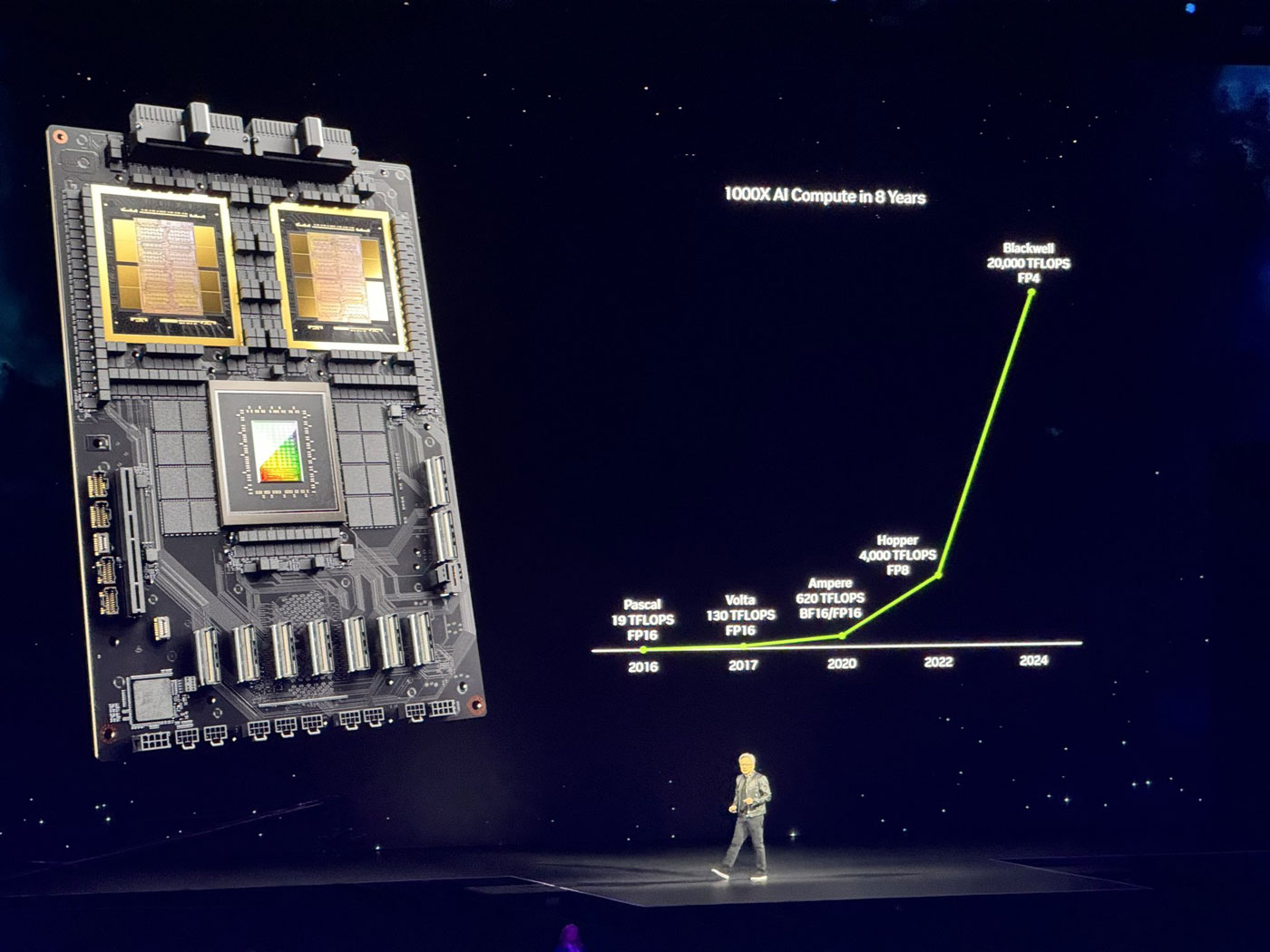OpenAI + Figure’s first humanoid robot demo
Imagine a world where robots not only perform tasks but also understand your instructions and respond to your questions. This future might be closer than you think. Companies like OpenAI and Figure are making significant strides in bridging the gap between artificial intelligence (AI) and the physical world.
One intriguing development involves the potential marriage of OpenAI’s expertise in language and visual understanding with Figure’s proficiency in building nimble robots. Here’s how it could work:
- OpenAI’s AI prowess: Imagine a sophisticated AI that can not only see the world through cameras but also understand what it sees. OpenAI’s models are like digital brains, trained on massive datasets of images and text to recognize objects, interpret situations, and even engage in conversation.
- Figure’s robotic agility: While AI understands the world, robots need the physical capabilities to navigate it. Figure specializes in creating robots with dexterous movements, allowing them to grasp objects, move around obstacles, and even complete delicate tasks.
- The powerful combination: By potentially combining these strengths, robots could be equipped with the ability to:
- Follow instructions: No more complex programming. Robots could understand natural language commands like “Pick up that box and place it on the table.”
- Respond to their environment: Imagine a robot that sees a dropped object and asks “Would you like me to pick that up?”
- Learn and adapt: Through continuous interaction with the environment and human input, these AI-powered robots could constantly improve their understanding and response capabilities.
This integration of AI and robotics holds immense promise for various applications:
- Manufacturing: Robots that can understand instructions and adapt to changing situations could revolutionize assembly lines.
- Elder care: Robots equipped with conversational AI could provide companionship and assistance to senior citizens.
- Search and rescue: AI-powered robots could navigate disaster zones, locate survivors, and even communicate with them.
Important to note: While the potential is significant, it’s crucial to remember that this technology is still under development. Challenges remain, such as ensuring robots can handle complex situations, interpret nuances of human communication, and operate safely in real-world environments.
However, the collaboration between OpenAI and Figure paves the way for a future where robots seamlessly interact with the world around them, making our lives easier and potentially opening doors to groundbreaking advancements in various fields.





